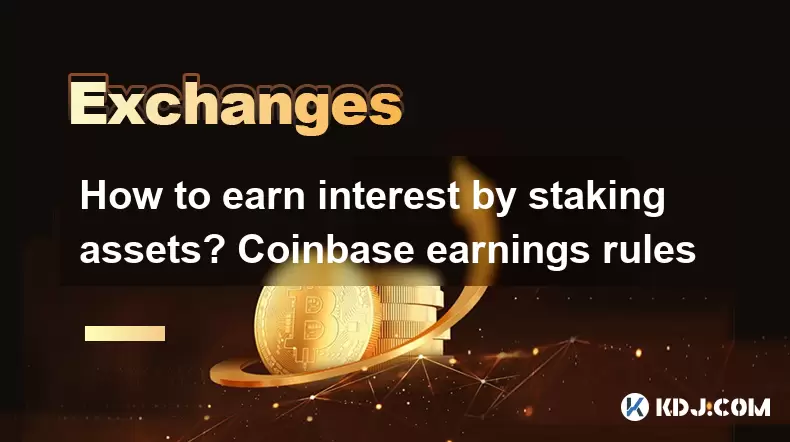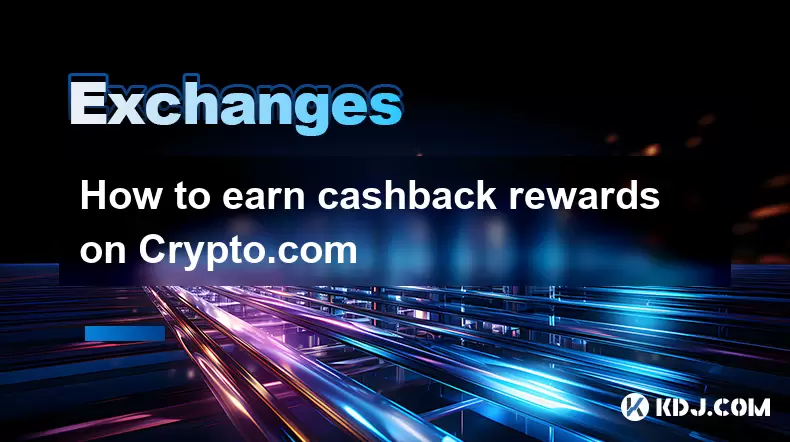-
 Bitcoin
Bitcoin $118300
-0.25% -
 Ethereum
Ethereum $4593
0.63% -
 XRP
XRP $3.099
-0.23% -
 Tether USDt
Tether USDt $1.001
0.09% -
 BNB
BNB $840.2
0.52% -
 Solana
Solana $192.6
-0.85% -
 USDC
USDC $0.0000
0.01% -
 Dogecoin
Dogecoin $0.2286
0.98% -
 TRON
TRON $0.3575
-0.50% -
 Cardano
Cardano $0.9437
1.93% -
 Hyperliquid
Hyperliquid $48.21
6.52% -
 Chainlink
Chainlink $22.33
-1.39% -
 Sui
Sui $3.826
0.89% -
 Stellar
Stellar $0.4272
0.26% -
 Bitcoin Cash
Bitcoin Cash $592.7
0.19% -
 Ethena USDe
Ethena USDe $1.001
0.06% -
 Hedera
Hedera $0.2528
0.25% -
 Avalanche
Avalanche $24.37
2.20% -
 Litecoin
Litecoin $120.5
-1.98% -
 Toncoin
Toncoin $3.493
2.53% -
 UNUS SED LEO
UNUS SED LEO $9.657
4.15% -
 Shiba Inu
Shiba Inu $0.00001293
-0.65% -
 Uniswap
Uniswap $10.93
-0.14% -
 Polkadot
Polkadot $3.981
-1.15% -
 Dai
Dai $1.000
0.03% -
 Bitget Token
Bitget Token $4.627
1.22% -
 Cronos
Cronos $0.1545
0.86% -
 Ethena
Ethena $0.7319
1.41% -
 Aave
Aave $309.9
-1.09% -
 Pepe
Pepe $0.00001108
-1.40%
How to earn interest by staking assets? Coinbase earnings rules
Staking on Coinbase lets you earn passive income from cryptocurrencies like Ethereum 2.0 and Tezos, but be aware of lock-up periods and Coinbase's commission on rewards.
May 15, 2025 at 10:14 pm

Staking assets on platforms like Coinbase is an increasingly popular way for cryptocurrency holders to earn passive income. By participating in the staking process, users can earn interest on their holdings, effectively turning their idle assets into a source of revenue. This article will guide you through the process of earning interest by staking assets on Coinbase, detailing the platform's specific earnings rules and requirements.
Understanding Staking and Interest
Staking is the process of holding funds in a cryptocurrency wallet to support the operations of a blockchain network. In return, participants are rewarded with additional cryptocurrency, which can be thought of as interest. Coinbase offers staking services for several cryptocurrencies, allowing users to earn rewards without the need for complex technical setup.
To begin staking on Coinbase, you need to understand that different cryptocurrencies have different staking mechanisms and reward structures. For instance, Ethereum 2.0 and Tezos are among the cryptocurrencies that Coinbase supports for staking. Each of these has its own set of rules and potential rewards.
Eligibility and Requirements for Staking on Coinbase
Before you can start earning interest through staking on Coinbase, you must meet certain eligibility criteria. First, you need to have a Coinbase account. If you don't have one, you can sign up on their website. Once you have an account, ensure that it is fully verified, as this is a prerequisite for staking.
Additionally, you must hold the specific cryptocurrency that you wish to stake in your Coinbase wallet. The minimum amount required for staking varies by cryptocurrency. For example, to stake Ethereum 2.0, you need at least 32 ETH, but Coinbase allows you to participate in pooled staking with smaller amounts.
How to Stake Assets on Coinbase
To start staking your assets on Coinbase, follow these steps:
- Log into your Coinbase account.
- Navigate to the 'Earn' section of the platform. This is where you can find the staking options.
- Select the cryptocurrency you want to stake. Coinbase will display the available options, such as Ethereum 2.0 or Tezos.
- Review the terms and conditions for staking the selected cryptocurrency. This includes understanding the lock-up period, potential rewards, and any associated risks.
- Click on 'Stake' and follow the prompts to confirm your staking request. You will need to specify the amount of cryptocurrency you wish to stake.
- Wait for the staking process to begin. Depending on the cryptocurrency, this might take a few minutes to a few days.
Once your assets are staked, you will start earning rewards based on the rules set by Coinbase and the specific cryptocurrency's protocol.
Coinbase Earnings Rules
Coinbase has specific rules governing how much interest you can earn through staking. The rewards are typically distributed on a regular basis, such as weekly or monthly, depending on the cryptocurrency. The amount of interest you earn is influenced by several factors:
- The amount of cryptocurrency you have staked. Generally, the more you stake, the more you earn.
- The duration of your stake. Some cryptocurrencies offer higher rewards for longer staking periods.
- The overall performance of the blockchain network. If the network is performing well, the rewards might be higher.
It's important to note that Coinbase takes a commission on the staking rewards. This commission varies by cryptocurrency but is typically around 25% to 35%. The remaining portion of the rewards is credited to your Coinbase account.
Managing and Withdrawing Staked Assets
Once you have staked your assets, you can manage them through the Coinbase platform. To view your staking rewards, go to the 'Earn' section and look for the 'Rewards' tab. Here, you can see the total amount of interest you have earned and any pending rewards.
If you decide to withdraw your staked assets, the process can vary depending on the cryptocurrency. For some cryptocurrencies, there is a lock-up period during which you cannot withdraw your staked assets. For example, Ethereum 2.0 has a lock-up period that can last several months or even years. To withdraw your assets, follow these steps:
- Go to the 'Earn' section and find the cryptocurrency you have staked.
- Click on 'Unstake' or 'Withdraw'. The exact terminology may vary.
- Confirm your withdrawal request. Be aware that you might need to wait for the lock-up period to end before you can access your assets.
Risks and Considerations
While staking can be a lucrative way to earn interest, it comes with certain risks. The value of the cryptocurrency you stake can fluctuate, which means the value of your rewards can also change. Additionally, technical issues or changes in the blockchain protocol can affect your ability to stake or withdraw your assets.
It's also important to consider the security of your Coinbase account. Since you are entrusting your assets to a third party, you should ensure that your account is secure with strong passwords and two-factor authentication.
Frequently Asked Questions
Q: Can I stake multiple cryptocurrencies on Coinbase at the same time?
A: Yes, you can stake multiple cryptocurrencies on Coinbase simultaneously, as long as you meet the eligibility criteria for each one. Each cryptocurrency will have its own staking process and reward structure.
Q: What happens if I want to sell my staked assets before the lock-up period ends?
A: If you attempt to sell your staked assets before the lock-up period ends, you will not be able to do so. You must wait until the lock-up period is over before you can access your staked assets.
Q: How does Coinbase ensure the security of staked assets?
A: Coinbase uses a combination of cold storage and insurance to protect staked assets. They also implement strict security measures, such as two-factor authentication and encryption, to safeguard user accounts.
Q: Are there any tax implications for earning interest through staking on Coinbase?
A: Yes, the interest you earn through staking is considered taxable income in many jurisdictions. You should consult with a tax professional to understand your specific tax obligations related to staking rewards.
Disclaimer:info@kdj.com
The information provided is not trading advice. kdj.com does not assume any responsibility for any investments made based on the information provided in this article. Cryptocurrencies are highly volatile and it is highly recommended that you invest with caution after thorough research!
If you believe that the content used on this website infringes your copyright, please contact us immediately (info@kdj.com) and we will delete it promptly.
- Kazakhstan's Crypto Leap: Bitcoin ETF and Central Asia's Digital Finance Future
- 2025-08-13 12:45:19
- BlockDAG Presale Blazes Past $371M: Fundraising Frenzy Fuels Crypto Sensation
- 2025-08-13 13:05:21
- Meme Coins: Chasing the 2025 Surge – Which Will Moonshot?
- 2025-08-13 10:25:23
- Bitcoin's Wild Ride: Rally, Pullback, and What's Next
- 2025-08-13 10:25:23
- Bitcoin, Bitmax, and Institutional Demand: A New Era of Crypto Investment
- 2025-08-13 10:45:12
- Solana, ROAM, and Airdrops: What's the Buzz in 2025?
- 2025-08-13 11:35:13
Related knowledge

How to use margin trading on Poloniex
Aug 08,2025 at 09:50am
Understanding Margin Trading on Poloniex

How to read the order book on KuCoin
Aug 10,2025 at 03:21pm
Understanding the Order Book Interface on KuCoinWhen accessing the order book on KuCoin, users are presented with a real-time display of buy and sell ...

How to read the order book on KuCoin
Aug 12,2025 at 02:28am
Understanding the Basics of Staking in CryptocurrencyStaking is a fundamental concept in the world of blockchain and cryptocurrencies, particularly wi...

How to set price alerts on Kraken
Aug 11,2025 at 08:49pm
Understanding Price Alerts on KrakenPrice alerts on Kraken are tools that allow traders to monitor specific cryptocurrency pairs for price movements. ...

How to avoid high gas fees on Uniswap
Aug 13,2025 at 11:35am
Understanding Gas Fees on UniswapGas fees on Uniswap are payments made to Ethereum miners or validators for processing transactions on the blockchain....

How to earn cashback rewards on Crypto.com
Aug 12,2025 at 02:08am
Understanding Cashback Rewards on Crypto.comCashback rewards on Crypto.com are a feature designed to incentivize users to spend using their Crypto.com...

How to use margin trading on Poloniex
Aug 08,2025 at 09:50am
Understanding Margin Trading on Poloniex

How to read the order book on KuCoin
Aug 10,2025 at 03:21pm
Understanding the Order Book Interface on KuCoinWhen accessing the order book on KuCoin, users are presented with a real-time display of buy and sell ...

How to read the order book on KuCoin
Aug 12,2025 at 02:28am
Understanding the Basics of Staking in CryptocurrencyStaking is a fundamental concept in the world of blockchain and cryptocurrencies, particularly wi...

How to set price alerts on Kraken
Aug 11,2025 at 08:49pm
Understanding Price Alerts on KrakenPrice alerts on Kraken are tools that allow traders to monitor specific cryptocurrency pairs for price movements. ...

How to avoid high gas fees on Uniswap
Aug 13,2025 at 11:35am
Understanding Gas Fees on UniswapGas fees on Uniswap are payments made to Ethereum miners or validators for processing transactions on the blockchain....

How to earn cashback rewards on Crypto.com
Aug 12,2025 at 02:08am
Understanding Cashback Rewards on Crypto.comCashback rewards on Crypto.com are a feature designed to incentivize users to spend using their Crypto.com...
See all articles

























































































